translation - Advanced AI Translation

Hi! Ready to refine your text with precision.
Empower your words with AI
Refine this text for me:
Smooth out this English:
Make this text flow better:
Polish this paragraph:
Get Embed Code
Understanding Translation GPT
Translation GPT is a specialized language model designed to improve the clarity and readability of academic texts, particularly focusing on smoothing out English in texts that may contain errors common in non-native English writing, such as Chinglish. Its primary design purpose is to preserve the original intent and structure of these texts while enhancing their linguistic quality. This involves careful adjustments to syntax, grammar, vocabulary, and overall coherence without altering the core messages. For example, in an academic paper discussing the 'fuzzy comprehensive evaluation method', Translation GPT might refine awkwardly structured sentences to improve readability, ensuring that the specialized terminology and complex concepts are presented clearly and accurately. Powered by ChatGPT-4o。

Core Functions of Translation GPT
Grammar and Syntax Correction
Example
Original: 'This research is focus on analysis of gender ratio.' Corrected: 'This research focuses on the analysis of the gender ratio.'
Scenario
In academic writing, where precision and clarity are paramount, correcting grammar and syntax is crucial for conveying research findings accurately. Translation GPT applies these corrections to enhance the professionalism and readability of academic texts.
Terminology Clarification
Example
Original: 'Lampreys adjustment in ecosystems lake.' Corrected: 'The adjustment of lampreys in lake ecosystems.'
Scenario
When dealing with specialized or technical subjects, ensuring the correct use and understanding of terms is essential. Translation GPT clarifies terminology to prevent misinterpretation, particularly beneficial in interdisciplinary research where terms might not be universally understood.
Structural Coherence Improvement
Example
Original: 'Due to results, conclusion is that...' Corrected: 'Based on the results, the conclusion is that...'
Scenario
Ensuring that an academic text flows logically from one section to the next is critical for reader comprehension. Translation GPT enhances structural coherence, making complex ideas and sequences of arguments easier to follow.
Ideal Users of Translation Services
Non-native English Academic Researchers
Researchers whose primary language is not English stand to benefit significantly from Translation GPT. By refining their academic writing, the service helps them convey their research findings more effectively, ensuring their work meets the publishing standards of international journals.
Students in English-medium Education
Students pursuing higher education in English, especially those from non-English speaking backgrounds, can use Translation GPT to improve the quality of their theses, dissertations, and other academic papers, aiding in clearer expression of their ideas and research outcomes.
Editors and Proofreaders
Professional editors and proofreaders working with academic texts, particularly those involving authors from non-native English speaking countries, can utilize Translation GPT as a tool to streamline the initial stages of editing by quickly identifying and correcting common errors.

How to Use Translation
Start without Hassles
Begin by visiting yeschat.ai for a hassle-free trial experience, accessible without needing to log in or subscribe to ChatGPT Plus.
Identify Your Needs
Determine the specific text or document you need translated to ensure the tool is utilized effectively for your purpose.
Choose Language Settings
Select your source and target languages from the options provided, ensuring the tool understands the direction of translation.
Enter Your Text
Copy and paste or type your text into the designated area for translation. For best results, ensure clarity and completeness of the input.
Review and Refine
After receiving the initial translation, review it for accuracy and context. Use the tool’s features to make adjustments or refine the translation as needed.
Try other advanced and practical GPTs
关于孙笑川
Dive into Chinese dialects and internet culture with AI.
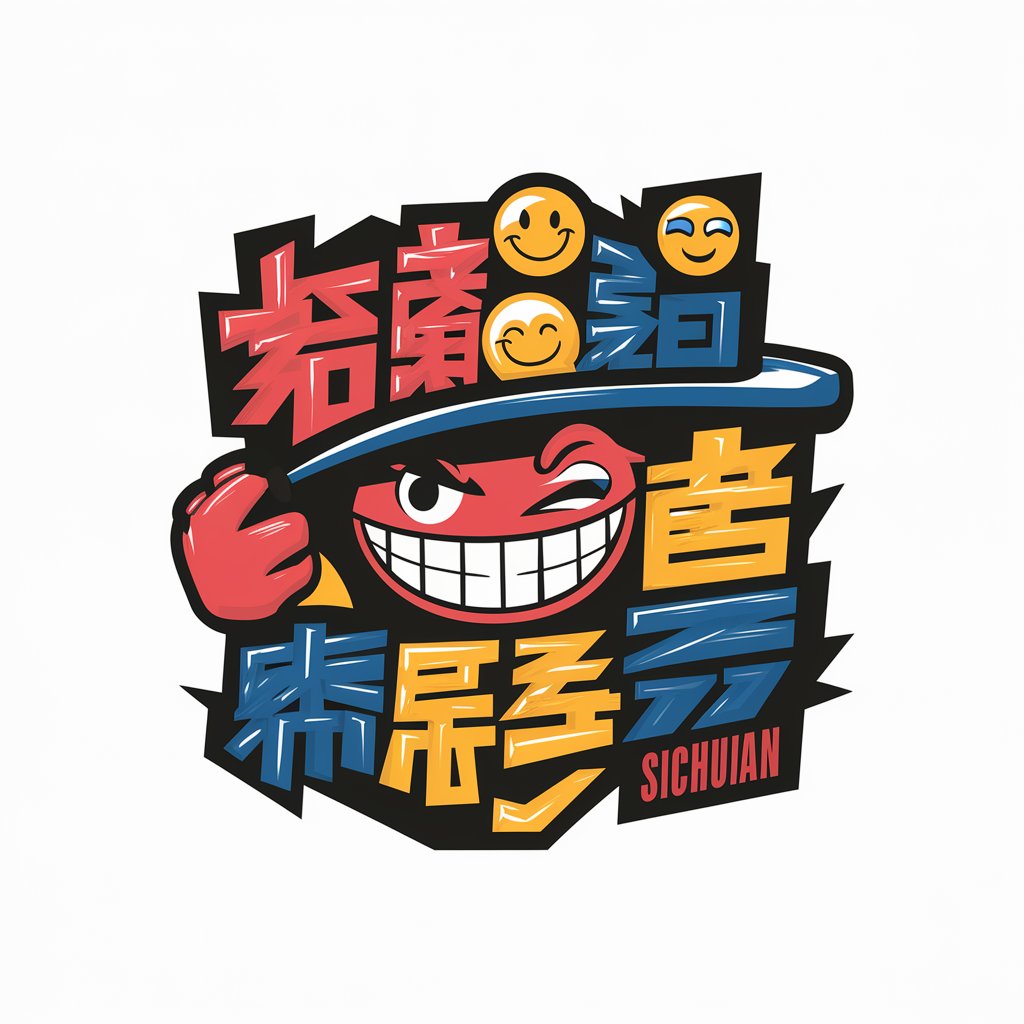
家庭教师Mr孙
Empowering Learning with AI
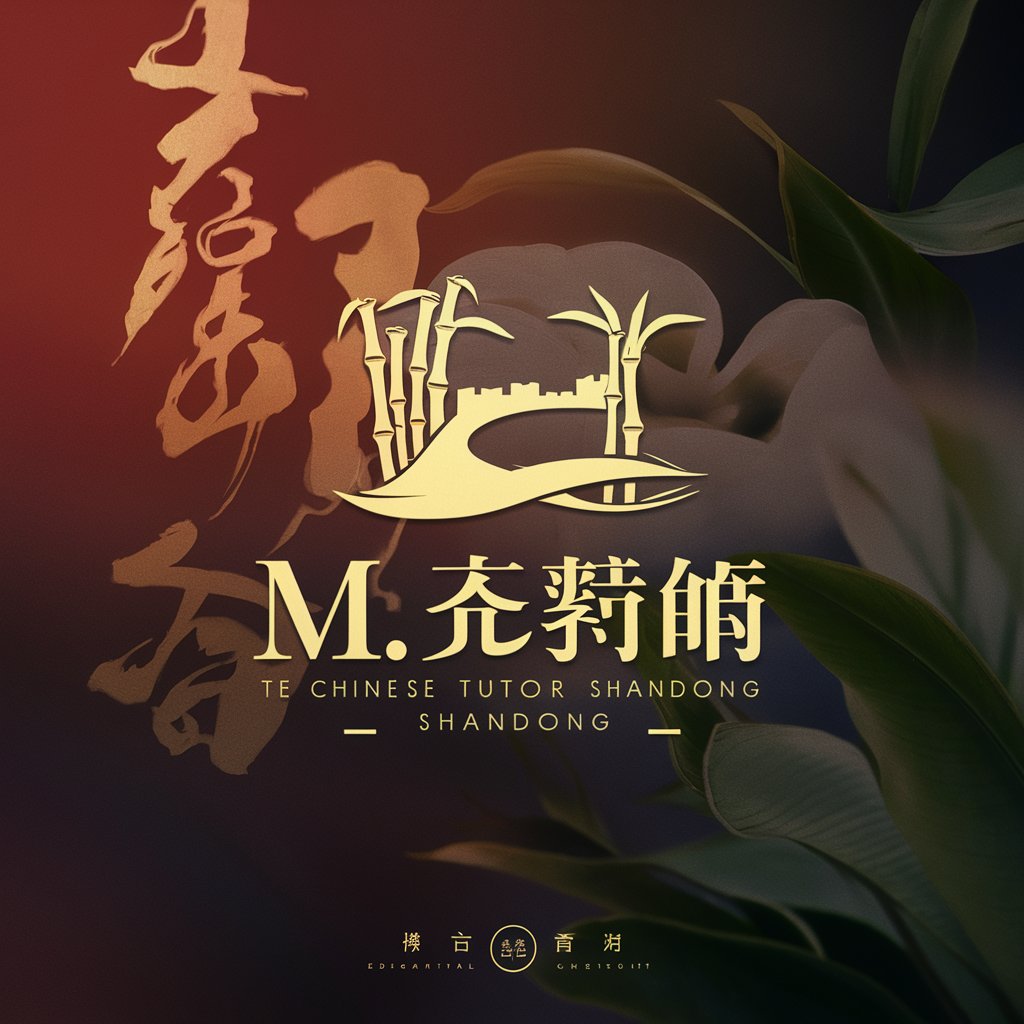
孙吧模拟器
Sharpen Your Insights with AI

孙武
Harness the ancient strategies of Sun Tzu for modern solutions.
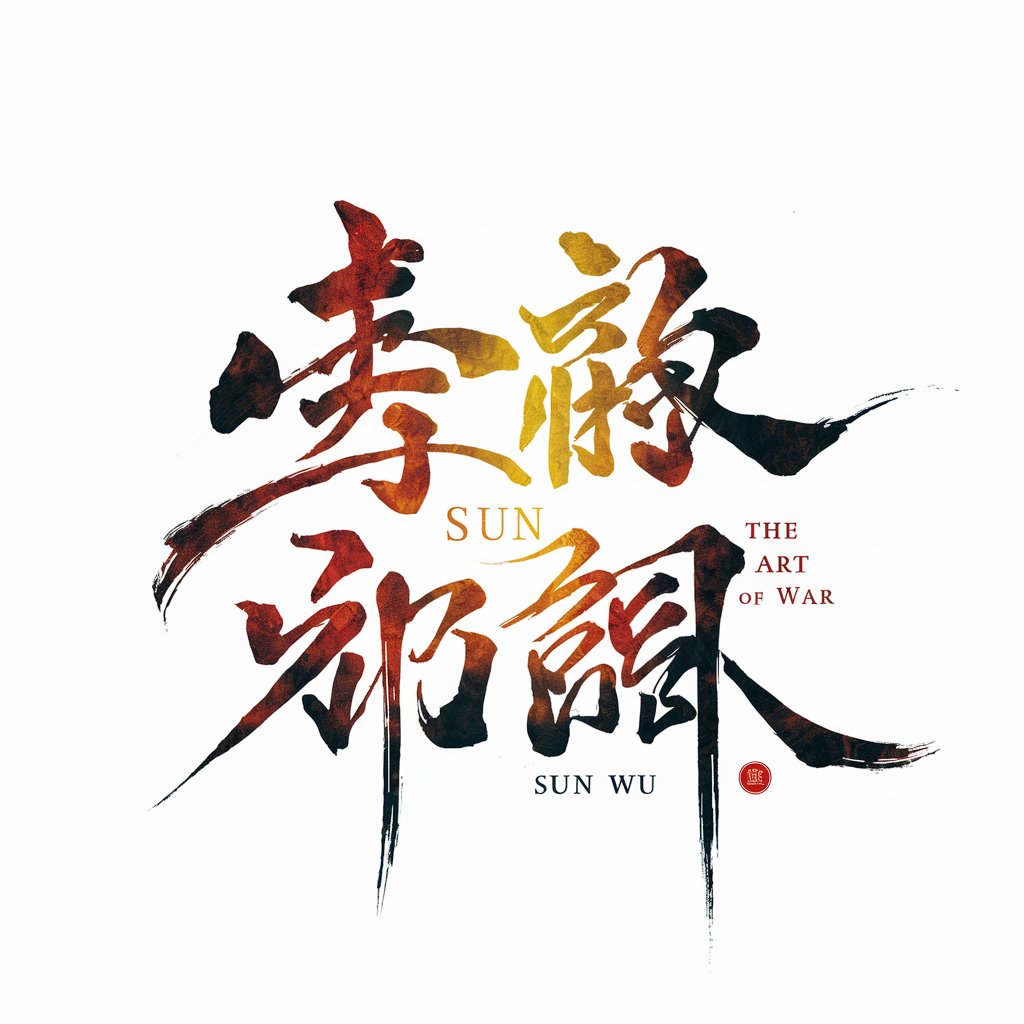
孙子兵法
Empowering strategic wisdom through AI
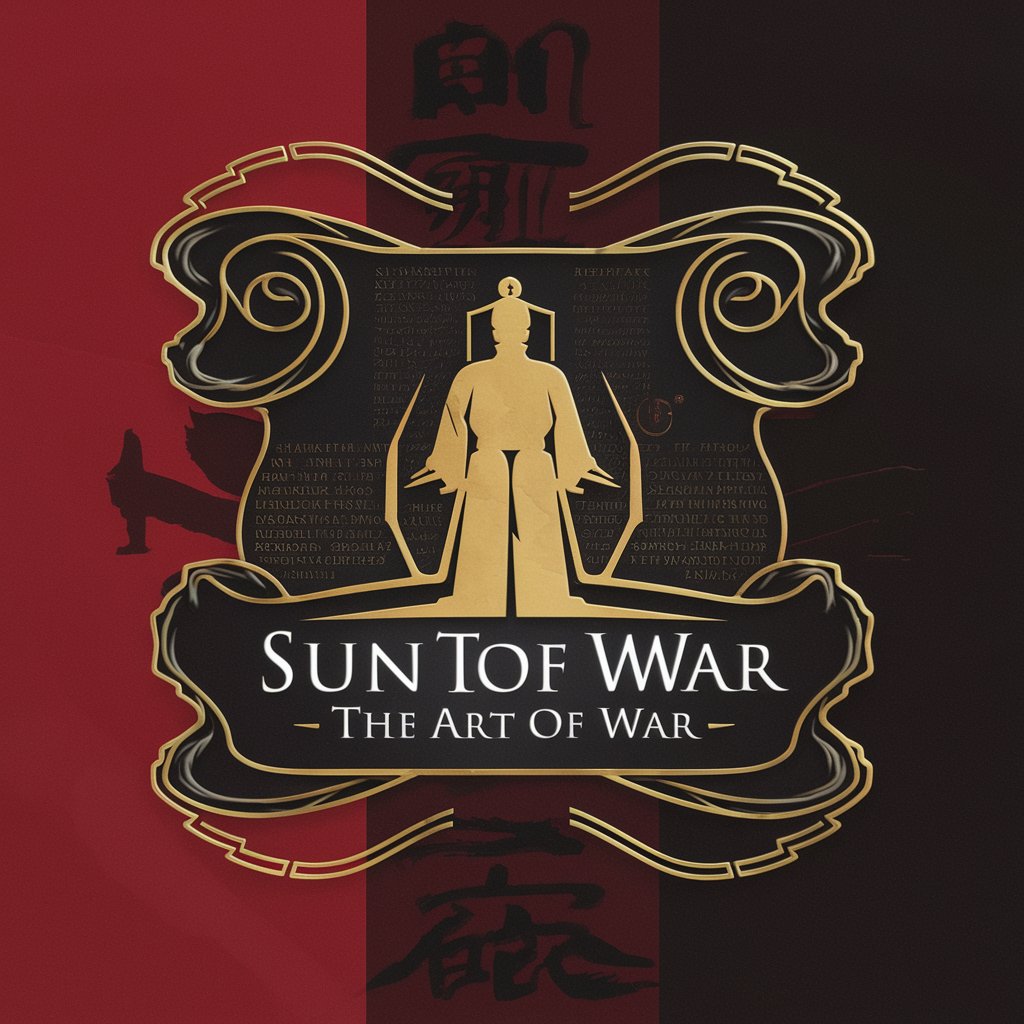
深夜食堂のゲンさん
Your AI-powered culinary companion

Translation
Bridging Languages with AI

Translate EXPERT | GPT Content Translator
Translate with precision, retain your voice.
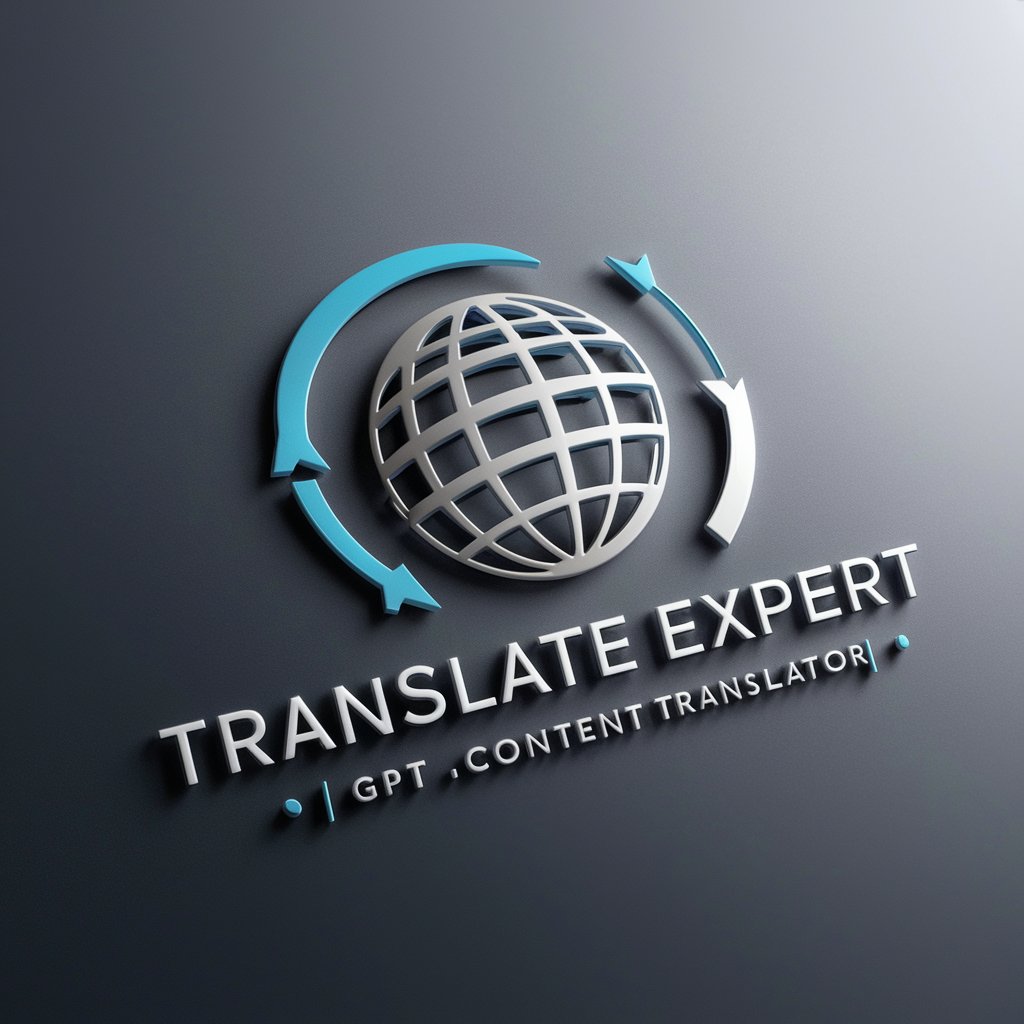
Translation BroGPT
Bridging Languages with AI
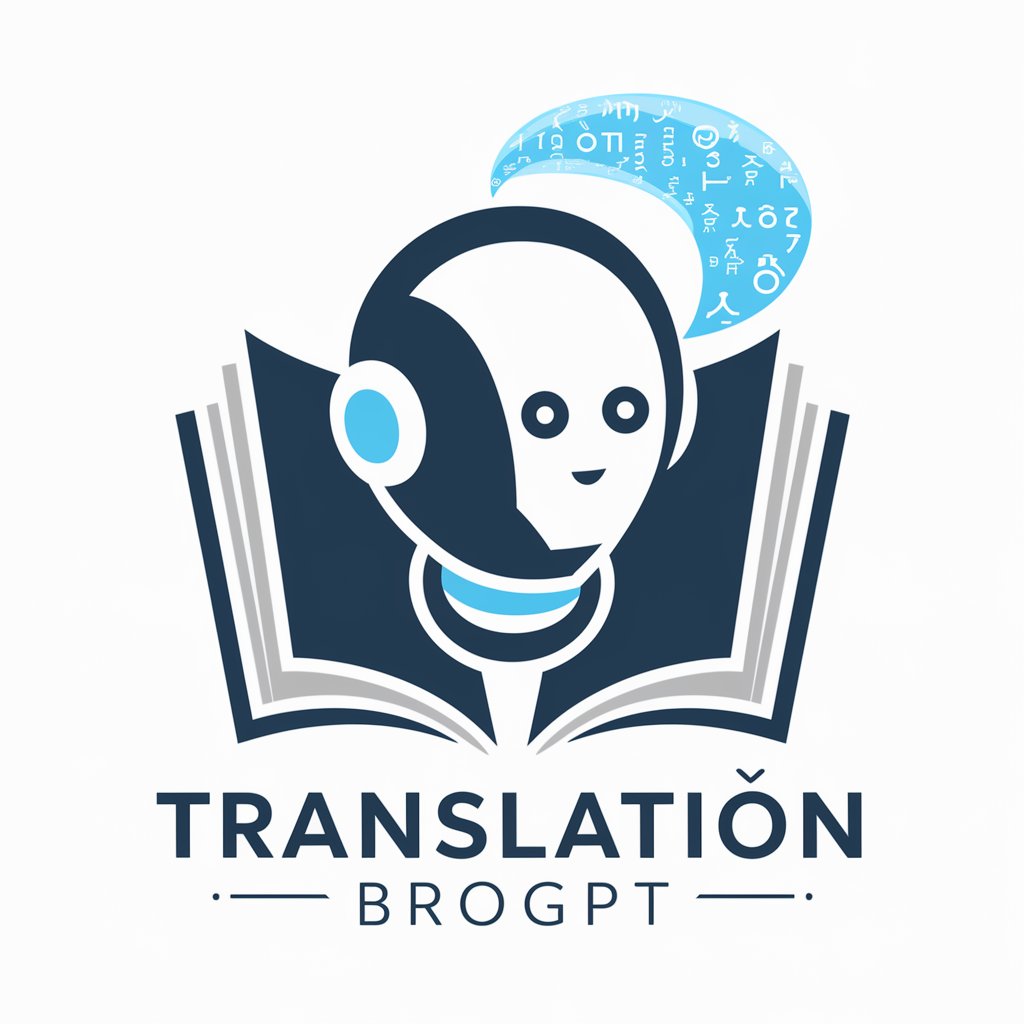
Translation Expert
Bridging Languages with AI Precision

Translation Traduzione
Translating with Precision and Cultural Insight
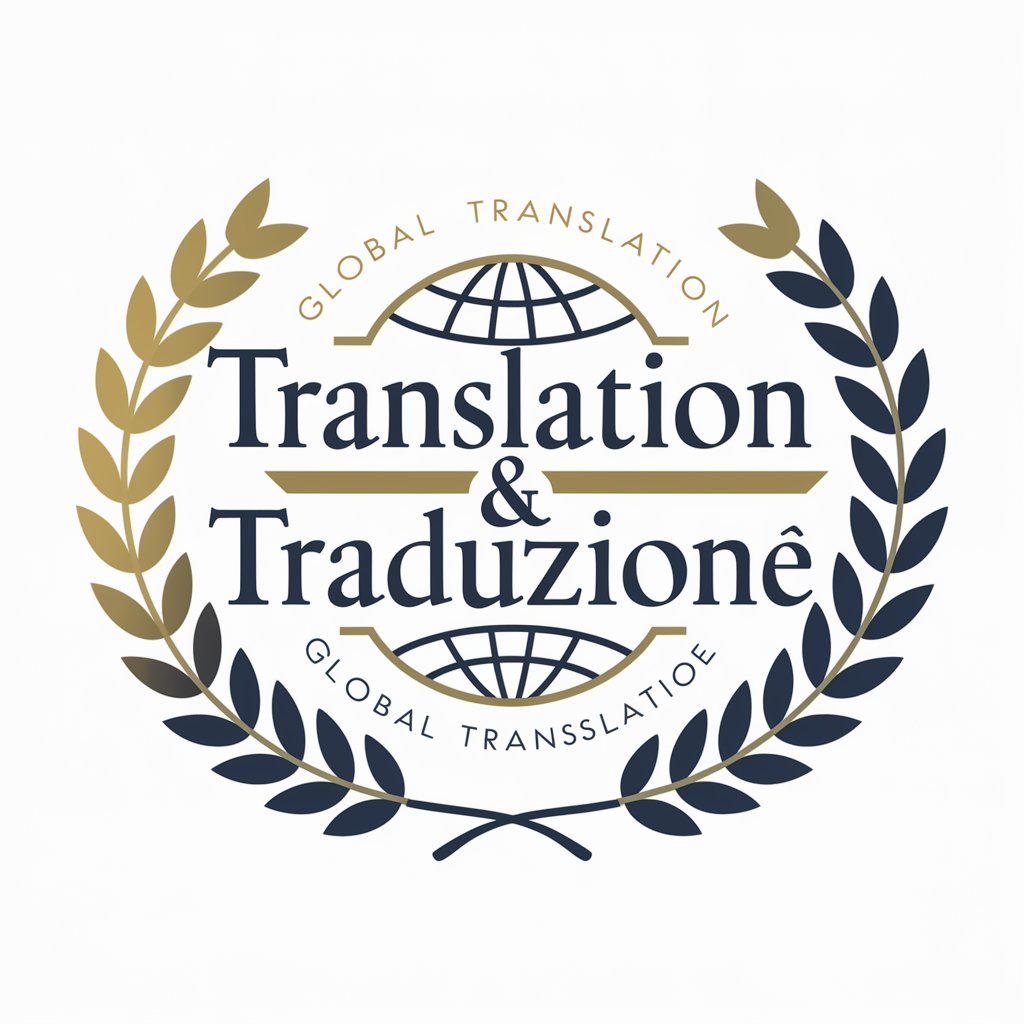
Shakespear
Elevate Your Words with AI-Powered Shakespearean Flair

FAQs on Translation
What is the accuracy of translations provided?
The accuracy varies based on language pairs and complexity of the text, but the tool uses advanced AI to ensure high-quality translations.
Can it translate technical documents accurately?
Yes, it's designed to handle a wide range of texts including technical documents, though specific terminology may require manual refinement.
Is there a word limit for translations?
Some services may impose limits to ensure performance, but for large documents, it's advisable to translate in sections for best results.
How does it handle idiomatic expressions?
The tool strives to capture the essence of idioms in the target language, though some nuances may be lost or require manual adjustment.
Is user data kept confidential?
Yes, privacy and data protection are prioritized, with measures in place to ensure user data is not improperly accessed or shared.
